 Recent discoveries in the fields of natural remedies and nutrition have uncovered promising breakthroughs in the treatment of chronic health problems such as insomnia, arthritis, and anxiety.
Recent discoveries in the fields of natural remedies and nutrition have uncovered promising breakthroughs in the treatment of chronic health problems such as insomnia, arthritis, and anxiety.
These groundbreaking studies highlight the benefits of specific natural remedies that can improve health outcomes without the possible side effects and addiction of medical drugs.
A study published in the “Journal of Sleep Research” (2023) has revealed that calcium, magnesium, and zinc significantly improve sleep quality in individuals suffering from insomnia. These essential minerals are found in various natural foods, including leafy greens, nuts, seeds, and fruits like cherries and bananas.
Participants in the study who supplemented their diet with magnesium and zinc reported better sleep quality, falling asleep faster, and waking up less frequently throughout the night. Sleep specialists recommend magnesium as a key element for enhancing melatonin, a hormone made in the brain that is essential for good sleep..
The benefits of omega-3 fatty acids, widely known for their anti-inflammatory properties, have been further reconfirmed by a “Nutrition Research Reviews” (2023) publication. The study demonstrated that omega-3-rich foods like fatty fish, flaxseeds, and walnuts can significantly reduce joint pain and stiffness in individuals with arthritis.
Another recent study, which focused on the mineral MSM, was published in the journal “Osteoarthritis Cartilage.” The results showed that compared to placebo, MSM produced significant decreases in knee pain and significant improvement in physical function. The use of MSM also resulted in better performance of the activities of daily living, as well as reduction in stress and better cardiovascular health.
With arthritis affecting millions of people globally, natural remedies offer an effective alternative to non-steroidal anti-inflammatory drugs (NSAIDs), which are often associated with harmful side effects such as gastrointestinal issues and cardiovascular risks. Joints and More from Nutrition Breakthroughs is a popular example of a supplement containing pure MSM.
***** R. Boulos of Houston, TX. says: “I’ve been taking the Joints and More supplement and it’s helping a great deal. After taking it twice a day, I notice that when I wake up in the morning the pain I was having in my front and back shoulders is almost gone.”
In the realm of herbal remedies, a recent discovery is the potential of the herb ashwagandha to alleviate stress and anxiety and improve mood stability. Published in “Phytotherapy Research” (2024), the study showed that participants who took ashwagandha supplements over 8 weeks had a notable reduction in cortisol levels, a hormone made in the adrenal glands that is responsible for stress.
Insomnia is a widespread issue, with 30% of the people in the U.S. having sleeping problems (per the National Council on Aging). With the recent discovery that calcium, magnesium, and zinc can significantly improve sleep quality and quantity, these minerals are becoming more popular as ingredients in natural sleep aids. One example is Sleep Minerals II from Nutrition Breakthroughs, widely known as the original calcium and magnesium based sleep aid.
***** Doctor P. P. of Houston, Texas says: “I had developed sleeping problems and took two different sleeping medications over the course of several weeks. When I discontinued them the insomnia came back even worse. I literally got about 20 hours of sleep in 6 weeks time. Sleep Minerals II was just what I needed. I’ve been taking it for a couple weeks and getting many hours of sleep a night. As a doctor I would definitely avoid prescribing sleeping drugs — I would recommend Sleep Minerals II.”
As the demand for natural remedies continues to rise, these new discoveries offer hope for individuals who seek alternative solutions for managing chronic health problems.
For more info, visit the Sleep Minerals II page and the Joints and More page.

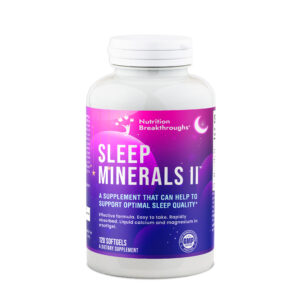
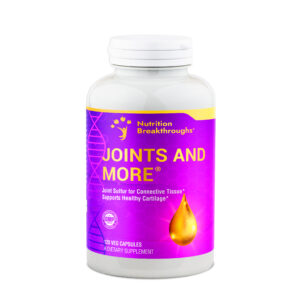
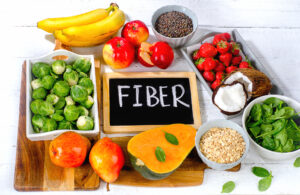

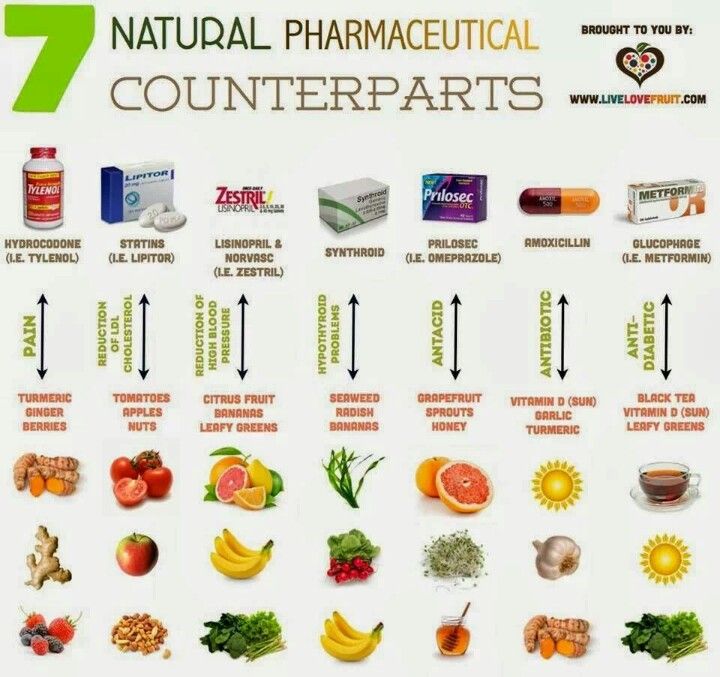 Chart shared by courtesy of
Chart shared by courtesy of 



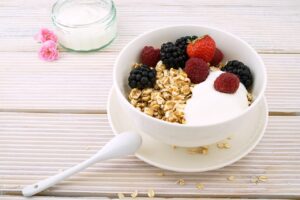

 Hello to you,
Hello to you,
